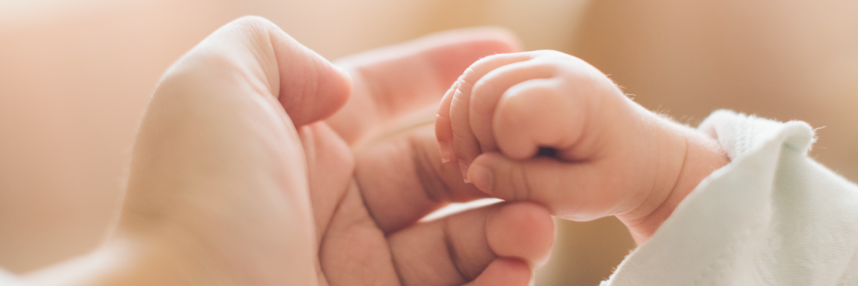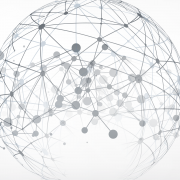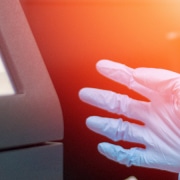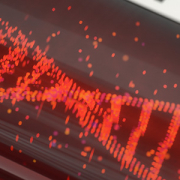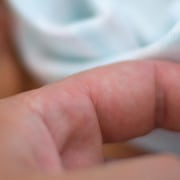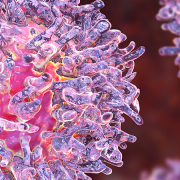All about mitochondria: Donation and developing treatments
In the second part of our mitochondria blog series, we look at mitochondrial donation, how it works and the impact it could have for families
In our previous blog post, we defined what we mean by mitochondria and explored some of the diseases that can result from them working incorrectly. We also learned of one significant reproductive concern – where a mother has disease-causing mitochondrial variants, leading to mitochondrial disease in her offspring. But can genomics help provide a solution?
Treatment and prevention
As we explained in the first article of the series, there is no cure for mitochondrial disease. The only treatments available aim to ease symptoms, and cannot address underlying causes.
If the disease-causing variant is in the nuclear DNA, not the mitochondrial DNA, parents can choose to have preimplantation genetic testing (PGT-M) to select an embryo that will not be affected by the condition. This approach doesn’t work for variants in the mitochondrial DNA, partly because of the unpredictable way in which it is inherited, but also because it is not possible to sequence the mitochondrial DNA without destroying the mitochondria.
What is mitochondrial donation?
Mitochondrial donation (sometimes called mitochondrial replacement therapy) is a group of techniques that allow women whose eggs contain unhealthy mitochondria to have healthy children.
There are several ways to undertake mitochondrial donation, but, in all cases, the goal is to create an embryo with the nuclear genome of the mother and father, but the mitochondria (and therefore the mitochondrial DNA) of a donor.
In the UK, two different methods are permitted and both use in vitro fertilisation (IVF). In the first, the nuclear genetic material from the mother’s egg is transferred into a donor egg which has had its own nuclear genetic material removed. This egg is then fertilised with the father’s sperm to create an embryo. The second technique is identical except it takes place after fertilisation, in a single-celled embryo rather than an egg.
Development and legislation
Much of the work developing mitochondrial donation techniques was a collaboration between Newcastle University, the Wellcome Trust Centre for Mitochondrial Research, and Newcastle Fertility Centre (part of the Newcastle-upon-Tyne Hospitals NHS Trust).
The UK Parliament passed The Human Fertilisation and Embryology (Mitochondrial Donation) Regulations in 2015, making the UK the first country in the world to legalise the treatment, under the supervision of the Human Fertilisation and Embryology Authority (HFEA) which already regulates IVF.
The HFEA commissioned a scientific report into the safety of the treatment before ruling, in 2016, that it should be approved for ‘cautious clinical use’ in patients who have no other treatment options. As a precaution, any clinic wishing to provide the treatment needs a special licence, and each patient must also have their case individually assessed by the HFEA.
Newcastle Fertility Centre remains the only clinic to be granted a licence to perform mitochondrial donation, which they received in 2017.
Moving forward: The future for treatment
In May 2023, the HFEA confirmed that between one and four babies had been born from embryos created using mitochondrial donation. The information was released in response to a freedom of information request, and the exact number of children was withheld to protect families’ privacy.
They also confirmed that, as of April 2023, 32 patients had been approved to proceed with mitochondrial donation, and that that the Newcastle team intends to publish results from the treatment programme.
The HFEA released a statement, saying: “These are decisions made on an individual case by case basis where there are no other options for the families involved and in strict accordance with the law.”
Although the UK was first to explicitly legalise mitochondrial donation, children have already been born in other countries where there is no specific regulation. The first of these children was born in 2016 to a mother who had lost previous children to Leigh syndrome, and who was treated by a US doctor in Mexico.
–


